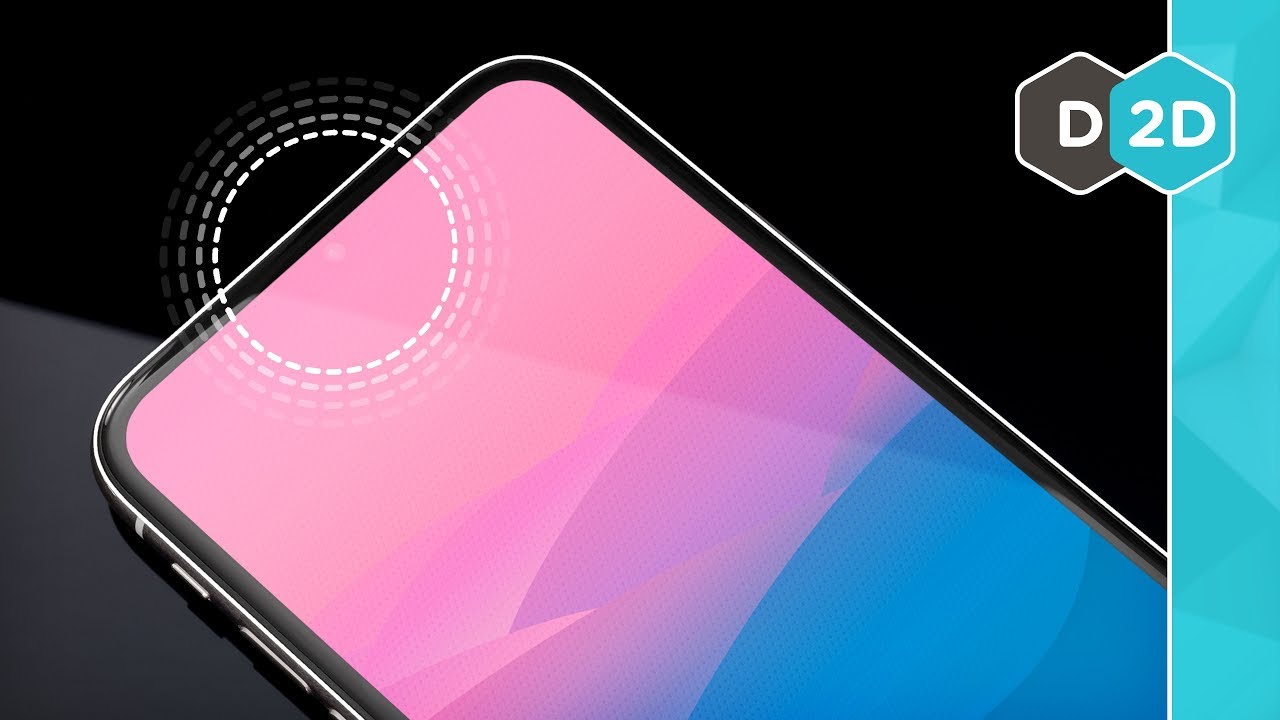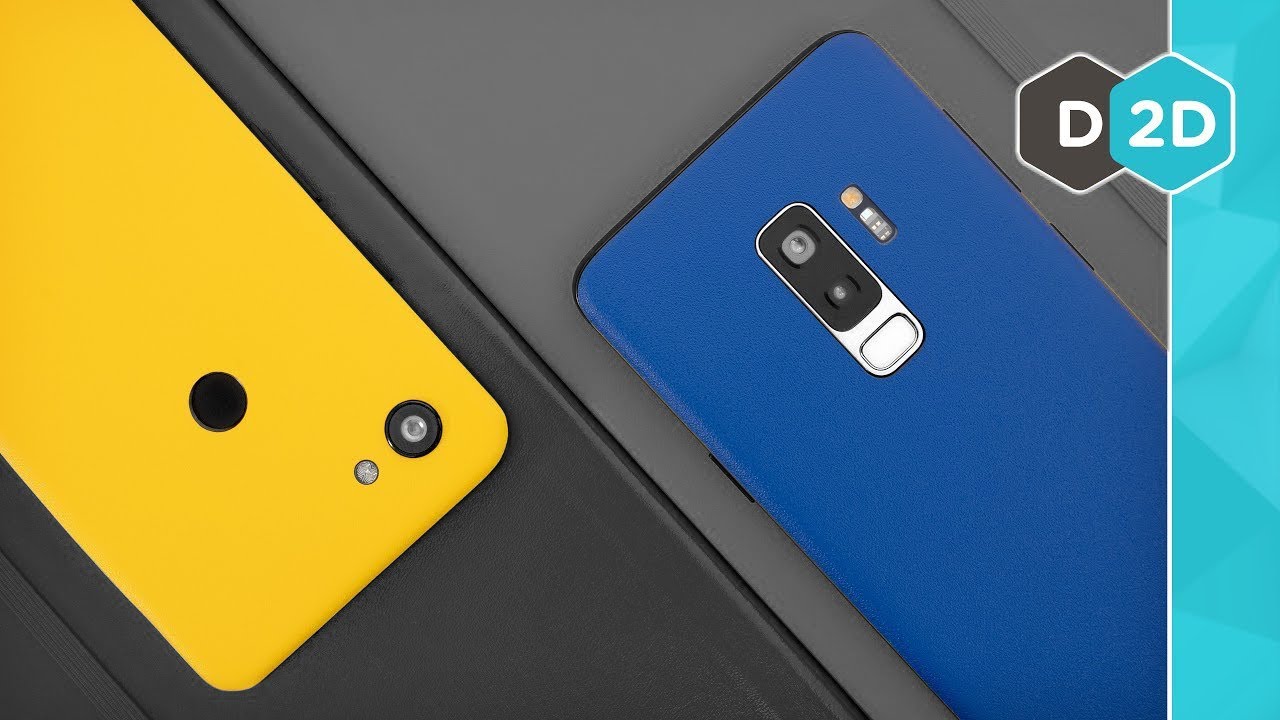
A cached link or a page is a temporarily stored HTML web documents and data such as images, pages, and content in order to lower the bandwidth usage and the server’s loading time to fetch the requested web page. The web cache system saves millions of copies of documents that pass through it on a daily basis. Once a user requests a particular page, which would normally be previously stored in the cache, it would be loaded way much faster than the first time. A cache system can be either a server such as Google cache system or a computer program.
When we surf the web, our browsers usually save a copy of those visited web pages in a cache system in order to speed up the process of retrieving data, from the browser’s cache where it was stored, rather than fetching it from its original source.
What Do Google Cached Pages Mean?
Running a search on Google would often come up with “Cached” pages. Google cached pages are page snapshots taken by Google and saved when the bots actually last crawled a particular web page and indexed it. Users are informed that they are seeing a cached page snapshot followed by the day it was captured.
How Do I Check Cached Pages On Google?
Google cached pages can be easily reached by clicking on that green arrow, as shown in the screenshot below, next to the page URL. Once you click on “Cached,” you will be redirected to a different version of a page which Google usually saves it as a backup when it visited the site and crawled its content the last time.
How Do I Find Google Cached Pages?
When you visit a particular website but the request returns a page error or an inaccessible page, you would normally be suggested to view a “saved copy” of the web page you landed on. Chrome would display an option of “Show Saved Copy” button when the browser fails to load the page.
If you want to remove a cached content like snippets or pictures that still be found in search results and you do no longer want people to see it, then all you have to do is to submit your request by using Google’s Webmaster Tools.
Despite the fact that the titles and the URL of the cached page will still be seen, Google will delete the snippet and the cached page from the search results.
However, if you want to restrict a specific page from being cached by Google, you may want to place the tag below into the section of your page’s code.
meta name=”ROBOTS” content=”NOARCHIVE,NOODP,NOYDIR”
Why Do I Need To View A Cached Page?
Due to the fact that several websites change quite often, their cached versions might be much different from the existent page you have visited from the search results. In fact, it probably is useless to view an out-of-date web page, but there are specific situations where both of website visitors and developers find viewing cached pages advantageous and useful such as:
When a website does not load or no longer available, you can still view the cached copy stored in Google archives.
When a website made has dramatically changed, a cached copy would be useful to quickly find your pertinent and familiar content.
Although the cached web page is not frequently updated, it would load way too much faster than the usual page, which is an advantage for slow internet users.
For SEO purposes, seeing a cached page in text-only version permits you as a developer to find out the way Google bots crawl and index the pages, which would act as an advantage to enhance the content for targeted keywords as well as other elements.
Expiring promos and special discount offers might still exist in cached pages and hence you still can catch up and benefit.
Eventually, Google’s cache is such a useful feature which can assist not only the visitors but also the developers in finding, viewing and/or removing a particular web page content.
Sami Ezzine















